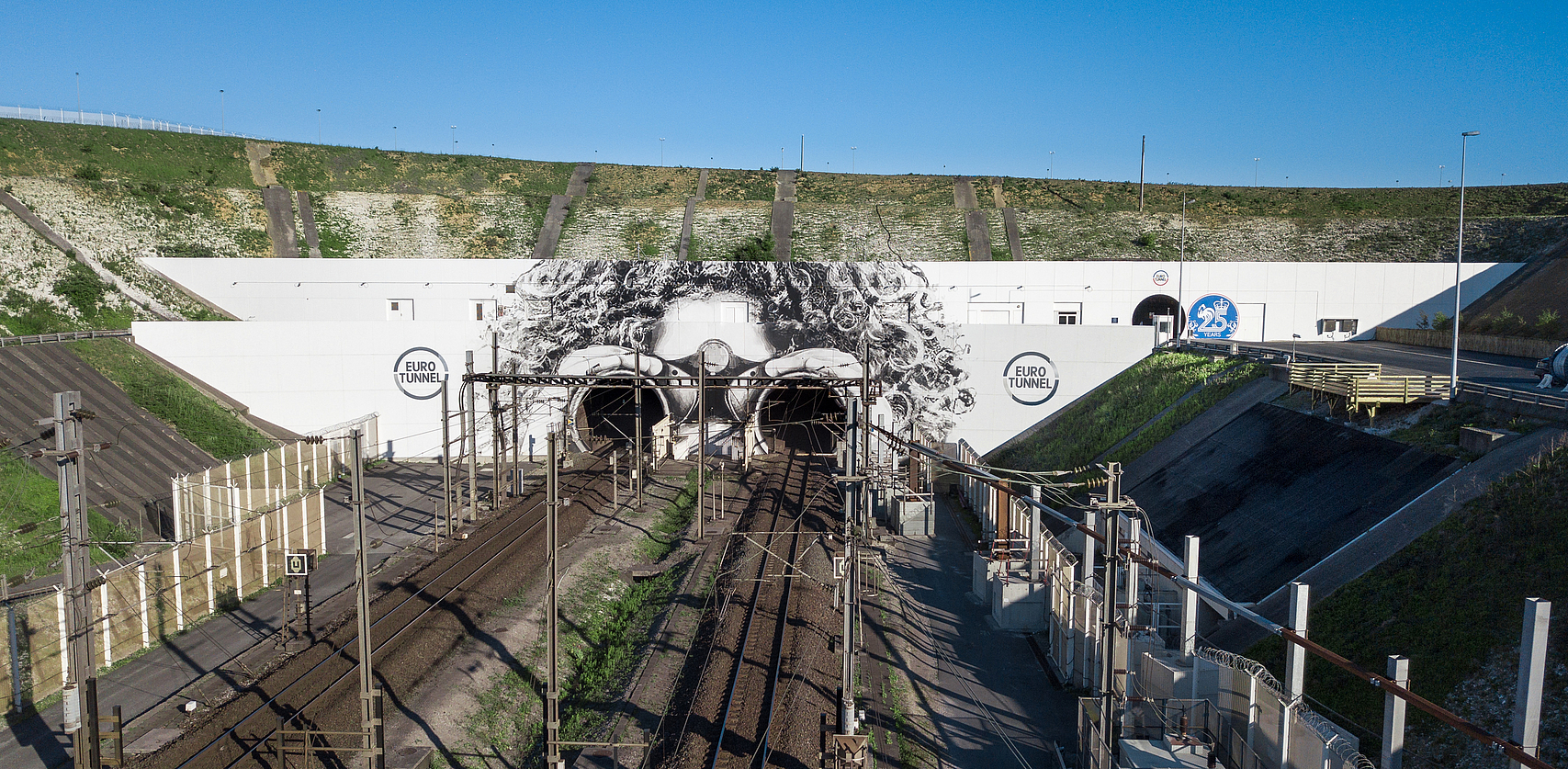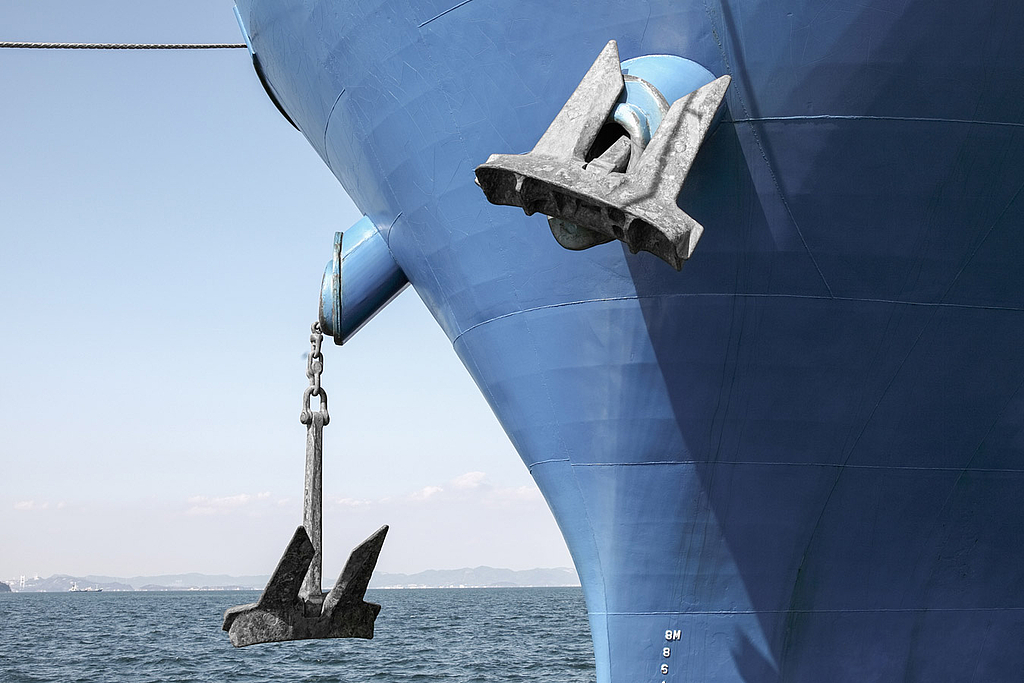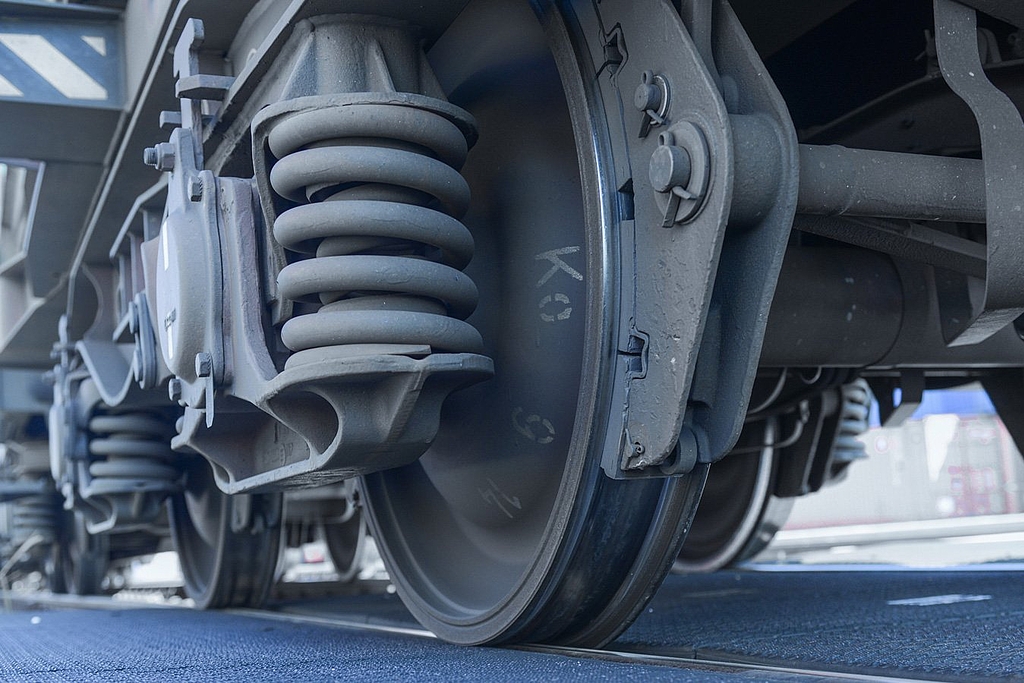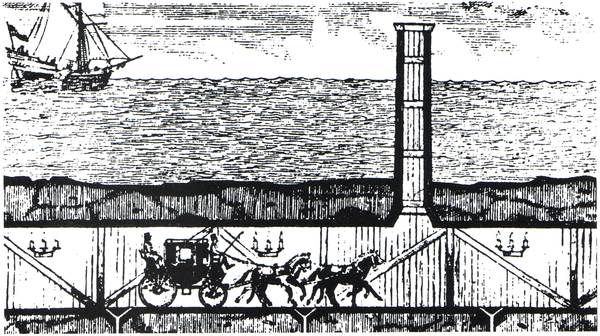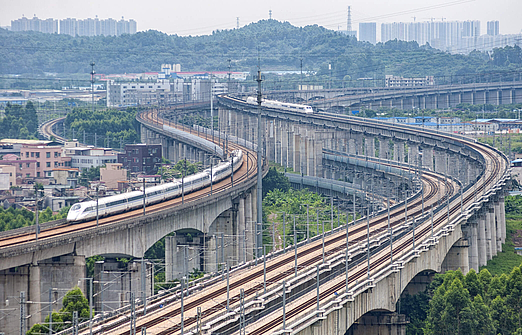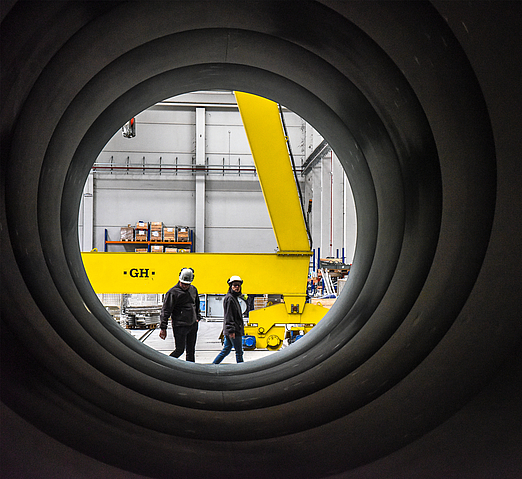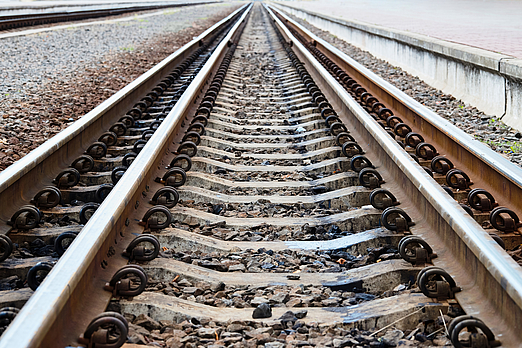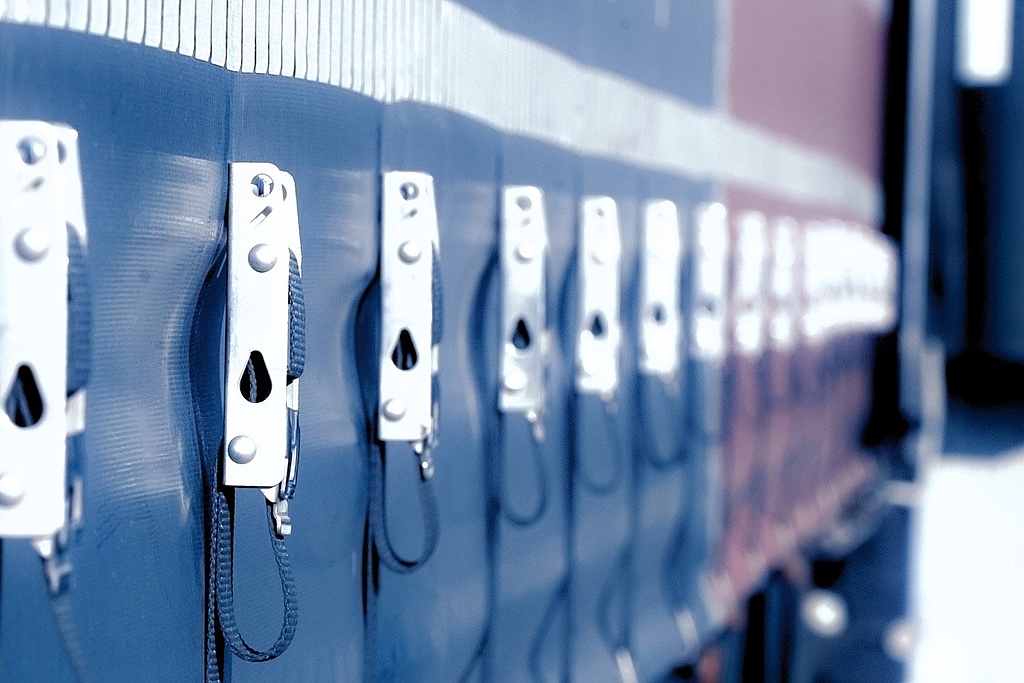The “Channel Tunnel” connects Great Britain and the EU under the sea
Still connected despite Brexit!
- Facts
Project of the century, record holder and technical marvel – the Channel Tunnel connects continental Europe and Great Britain underneath the English Channel and has proven its efficiency since it opened in 1994. Not only has it carried millions of passengers and dramatically shortened travel times, it has also achieved remarkable things in the area of freight transport. Learn more about this bold construction, previous projects, tunnel boring machines covered in concrete, racing cyclists in the tunnel, as well as parallels to the Ice Age.
